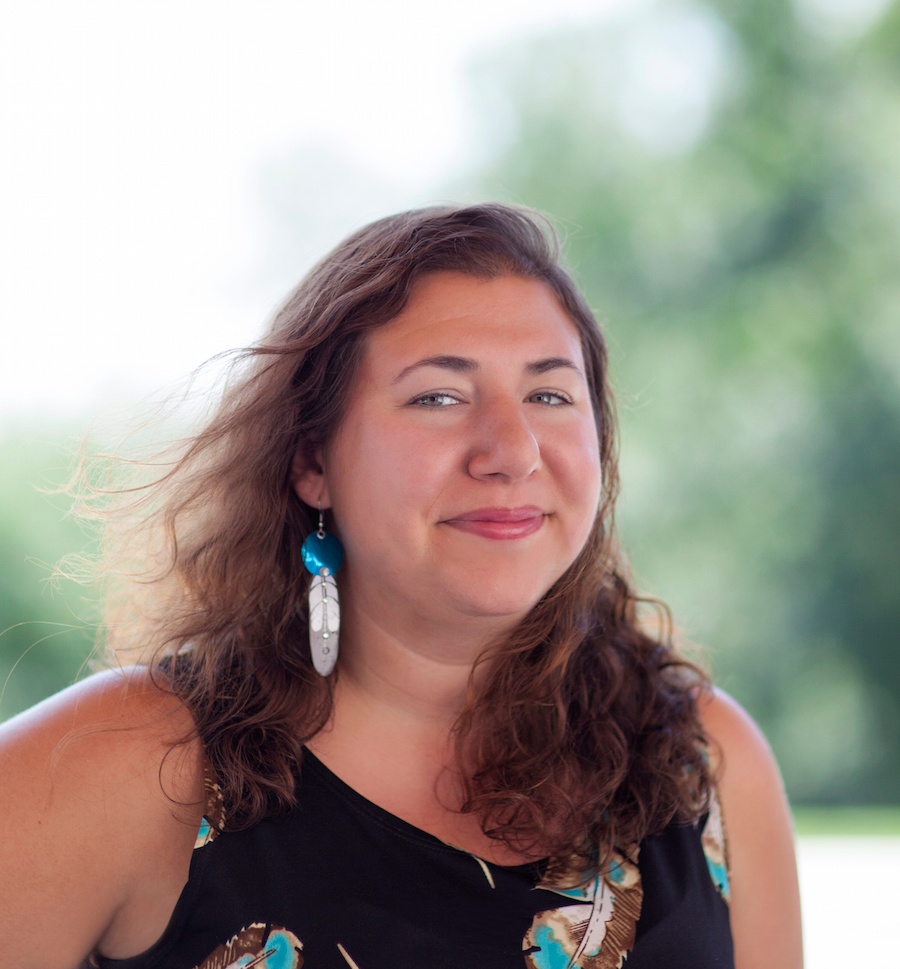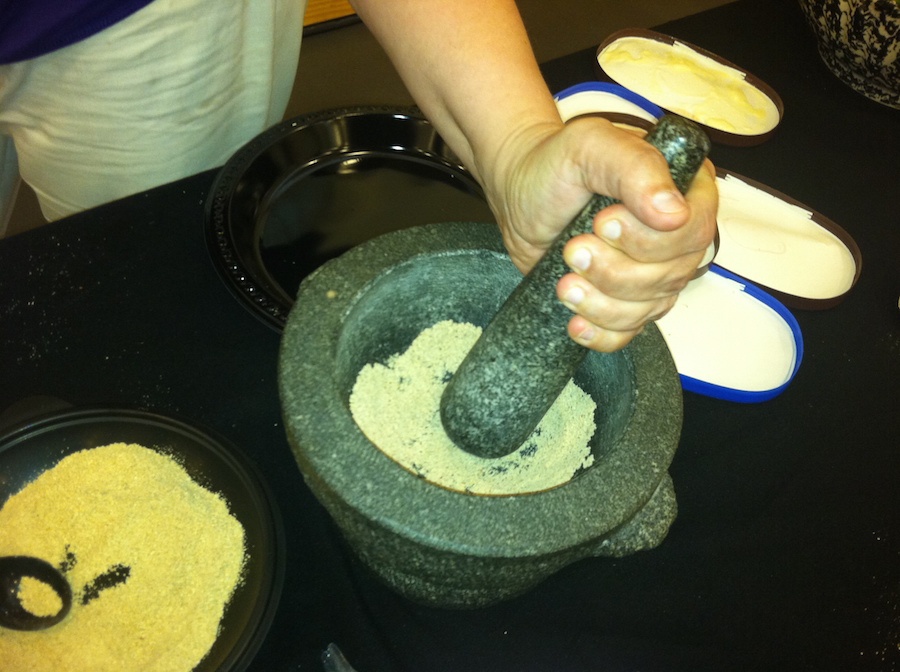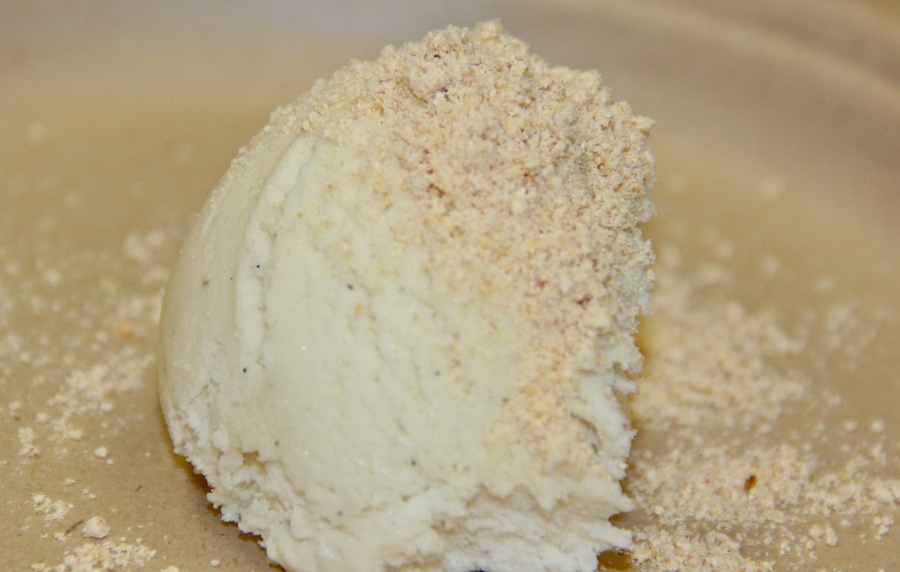
 Rachel Sayet. Courtesy of the author.
Rachel Sayet. Courtesy of the author.
Aquy. Greetings.
I remember many an argument with history teachers growing up, trying to explain to them that Columbus did not discover “America," starting as early as the first grade.
My name is Rachel Sayet or Akitusu (She Who Reads) and I am a Mohegan tribal member and Native American educator.
Yes, we the Mohegan people of Connecticut still exist, and are by no means extinct. The legendary character Uncas from James Fenimore Cooper's famous novel The Last of the Mohicans was actually, in many ways, the first of the Mohegans.
Due to Cooper's famous book, many people throughout the country believe that Mohegans are dead and gone. In fact we are a thriving community with our own traditions, festivals and government. It is not uncommon for me to have a conversation with a Native American from another tribe who will say, “You’re Mohegan? I thought you were all gone.”
In order to correct that myth, my great aunt Gladys, my uncle Harold and their father John Tantaquidgeon founded our tribal Museum, Tantaquidgeon Museum in 1931, with the goal of educating the public about Mohegan history and culture. This museum is still very much active and has since undergone some renovations, including a newly added children's room.
Similarly to my great aunt and uncle, I educate the public by giving lectures at high schools, universities, historical societies, and conferences. I do this through storytelling and discussions of Native American foods. My goal is to expand awareness of Native New England history and culture.

Growing up, I was very lucky to spend time on Mohegan Hill (where the museum is located) with my great-grandmother Winifred and her sisters Gladys and Ruth. My family, including myself, mother, sister and brother would visit their house every week for Sunday dinner. There we would engage in lively discussions over a pot of beef stew called “soup on the hill," oyster stew, or other family recipes.
Because I am the oldest in my family, there were times when I would get to visit with my elders on my own. And those times were extra special for me. They would sit with me and drink tea while telling stories. We would go to the woods and pick flowers and herbs. Some of the most interesting stories that they would tell me were about giants and little people.
Those early memories I have of my great-grandmother, aunts, and uncle made me the person I am today. My uncle Harold always said: “You can't hate someone you know a lot about." And that has always been my family's mission with education—to teach the true history about Native people in New England.
Eventually, my passion for my culture led me to pursue a master’s degree in anthropology. My master’s thesis was on stories of a culture hero named Moshup, who exists in both Mohegan and Wampanoag traditions. Moshup is a giant who is “taller than the tallest trees.” Mohegans believe that he is married to Granny Squannit, the leader of the Little People. These two figures represent the balance between male and female, and big and small. Additionally, Granny is the keeper of the plants and medicine, while Moshup spends his time near the ocean catching whales. Therefore these tales emphasize land and sea. This is important because we live along the shoreline, and therefore have the ability to hunt, and fish.

After spending a few years researching, writing on, and presenting about these traditional stories, I was ready for a new undertaking. My friend Josh from the University of Illinois Urbana asked if I would be willing to prepare something about the indigenous foods of New England for the annual meeting of the Native American and Indigenous Studies Association in 2013. I had always been curious about the subject, so I was excited to spend the next few months doing a research project completely on my own.
I interviewed Powwow cooks, museum educators, home cooks and food journalists from various tribes in New England, such as Narragansett, Abenaki, and Mohegan. I traveled around doing interviews and trying different foods such as yokeag, a traditional Mohegan traveling food made of parched ground corn.
But what began as a conference panel later evolved into something I was extremely passionate about.
Prior to colonization, Native people throughout the country were eating based on the land and the seasons. Whether you look at tribes in Arizona where the diet was more focused on things like cactus, prickly pear and blue cornmeal or somewhere like Connecticut where we were eating deer meat, herring, clams as well as hundreds of varieties of plants, one can see that the change in diet was drastic.
Throughout the country, indigenous people shifted from eating whole foods, to being fed white flour and processed foods, things that our bodies were not used to. Many tribes are located in regions that are isolated and removed from their traditional homelands, and all they have access to is processed foods. These issues have resulted in an epidemic of diabetes and obesity for Native American people.
This September, I was able to visit the Red Lake Chippewa Nation in Northern Minnesota and participate in their Food Summit sponsored by the Red Lake Local Foods Initiative. Here we learned vital skills to reclaim our traditional diets such as seed saving. We were also able to visit their fishery, where they process a local fish called Walleye and sell it worldwide.
It is heartwarming to see things like this, and to feast on traditional foods such as goose, walleye, and wild rice in the process. The team of indigenous chefs who were cooking for the Summit was led by Chef Sean Sherman or “The Sioux Chef," and they will soon be opening up a restaurant in Minneapolis using all pre-colonial ingredients.
Traditionally, indigenous people would hold ceremonies to celebrate the bounty of each season—so in a way we had a Thanksgiving every month. In Connecticut, a few of these would be, green corn Thanksgiving, green bean Thanksgiving, and strawberry Thanksgiving.
Some of the members of the Sioux Chef team as well as myself will actually be cooking a series of pop-up dinners in New York City the week of Thanksgiving, each of them with a different regional theme, and I am on the team for the northeastern dinner. The goal is to re-indigenize Thanksgiving.
I am blessed to share this knowledge with others and continue this work with the goal of making my ancestors proud and to create a better healthier world for the coming generations.
Táput ni. Thank you.
Rachel Sayet, Mohegan, holds a B.S. from Cornell University and an MA in anthropology at Harvard University. Her master’s thesis, focused on traditional stories of the Mohegan and Wampanoag tribe, is available at academia.edu. Rachel currently works for the Mohegan Library, organizing events with Native authors, running a weekly story time, and promoting indigenous food. For more information on Native American food or to book a talk, feel free to contact Rachel at rbsayet@gmail.com or join her Facebook page @ “Uni will never be bacon.”

